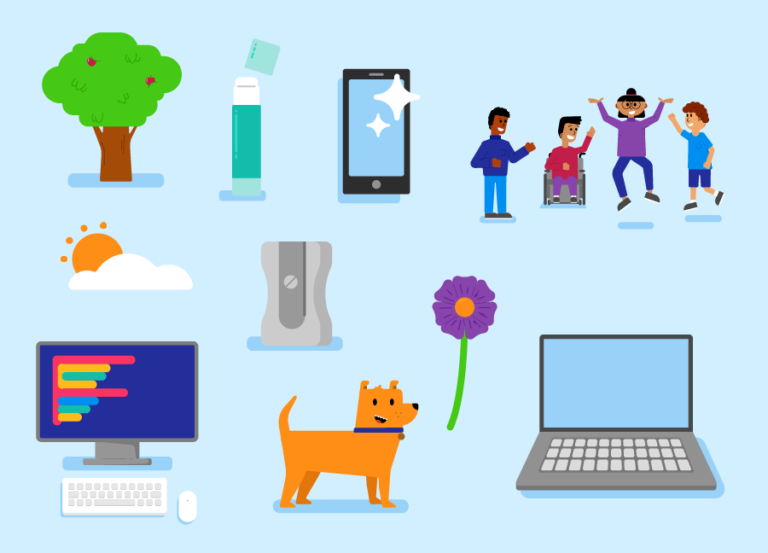Home / IT & Computer Science / Coding & Programming / Teaching Computing Systems and Networks to 5- to 11-year-olds / How to teach children to recognise that technology is all around them
This article is from the free online
Teaching Computing Systems and Networks to 5- to 11-year-olds


Reach your personal and professional goals
Unlock access to hundreds of expert online courses and degrees from top universities and educators to gain accredited qualifications and professional CV-building certificates.
Join over 18 million learners to launch, switch or build upon your career, all at your own pace, across a wide range of topic areas.








